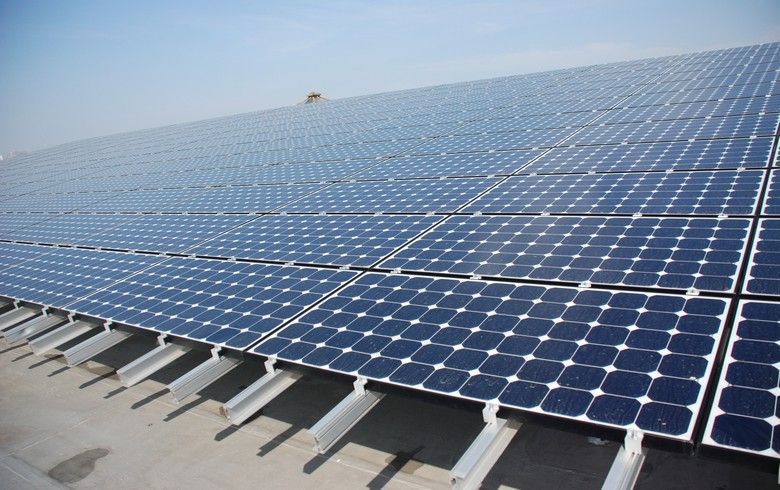The US solar market has recorded its best first quarter in history, according to the latest report released by the Solar Energy Industries Association (SEIA) and Wood Mackenzie. The industry installed 6.1 GW of solar capacity, driven by eased constraints on importation of materials and other factors.

Wood Mackenzie’s analysis estimates that due to a surge in demand from the Inflation Reduction Act (IRA) and this strong first quarter, the U.S. will triple its solar market size over the next five years, bringing total installed solar capacity to 378 GW by 2028.
The IRA has resulted in a multitude of new manufacturing announcements, with expectations for US module capacity to increase from under 9 GW at present to over 60 GW by 2026. As of the end of Q1 2023, there were at least 16 GW of module manufacturing facilities under construction.
While the IRA has already catalysed major investments in solar manufacturing and deployment, some challenges remain with the implementation guidance for the US-made content adder credits in the near term.
Despite these challenges, the utility-scale market rebounded from a difficult 2022 with a strong first quarter, installing a record 3.8 GW of solar capacity. Interconnection challenges had caused the community solar segment to install 212 MW, a 13% decrease from Q1 2022.
The residential segment installed 1.6 GW of solar capacity, a 30% increase from Q1 last year, while the commercial segment installed 391 MW, putting the segment on track for 12% growth in 2023.
The SEIA President and CEO, Abigail Ross Hopper, expressed enthusiasm for the guidance of the IRA law, stating that “if done correctly, it could unlock new market potential across the country.”
With strong growth expected to continue, stakeholders are awaiting further implementation guidance from the IRA and hope it will provide clarity for different segments of the solar industry.


